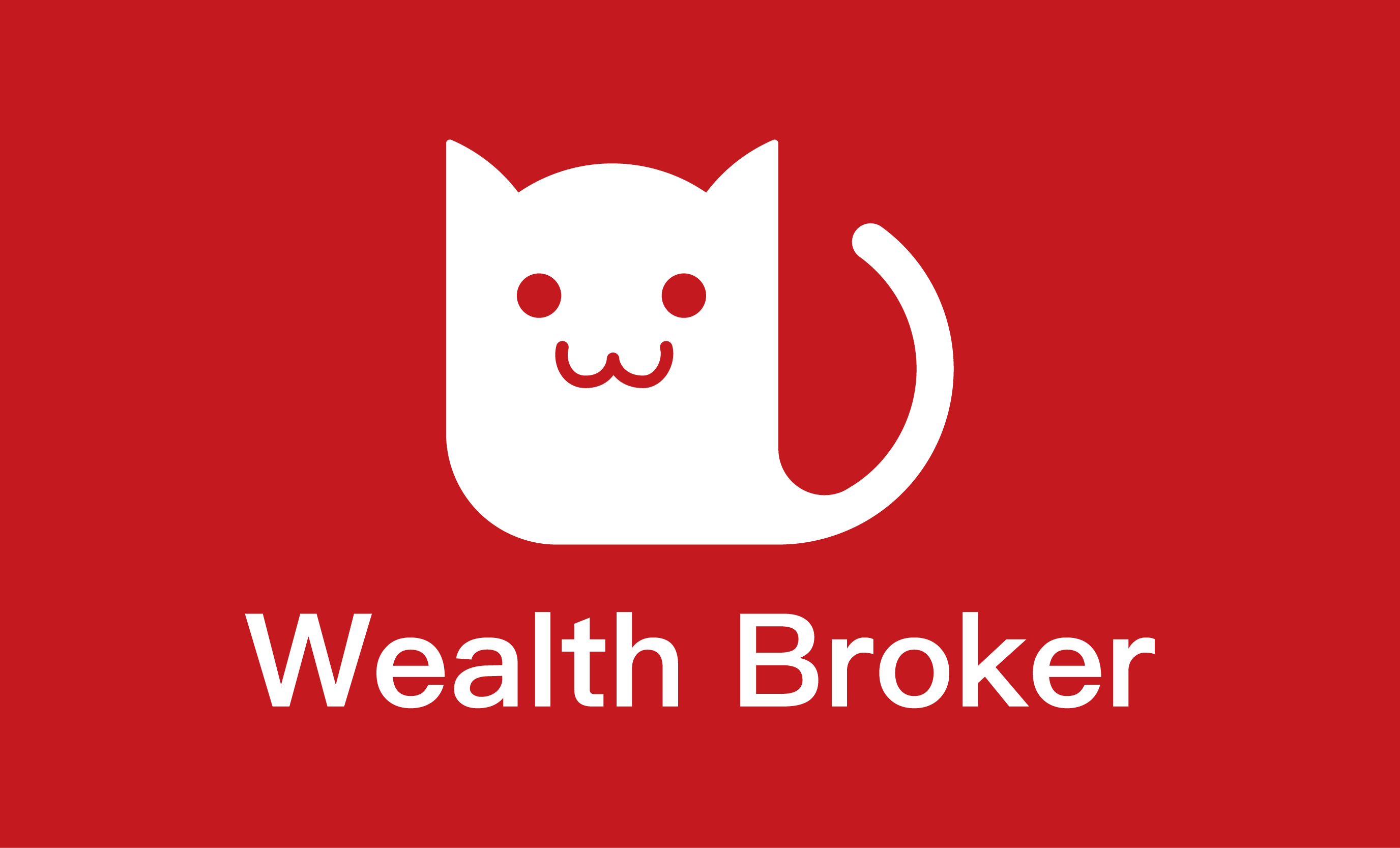In the new circle of Hong Kong stocks,"Group A, Group B, and callback" are the three most frequently mentioned words.The first two are talking about the subscription threshold, and "callback" will affect whether you can get enough and cheap new shares.
1. Why do I need to call back?
Imagine a newly opened Internet celebrity ice cream shop:
- Hot time (oversubscription): There was a long line in front of the door, and the store couldn't cope with it. The boss had no choice but to announce that "each person was limited to one ball" to ensure that more people could taste it.
When it is deserted (undersubscribed): There is no room for visitors, so the boss takes the initiative to invite passers-by to try the meal, and even gives more to regular customers.
- Exchanges and issuers, the "bosses" of the Hong Kong stock market, also need to adjust supply and demand when faced with uneven subscription popularity of new shares. This is the original intention of the callback mechanism: dynamically adjust the shares of public offerings and international placements based on the subscription popularity of retail investors. Allocation ratio to ensure market fairness and liquidity.
2. How to trigger the callback?The key is "multiple"
The issuance of new shares in Hong Kong stocks is divided into two parts:
1. Public offering: Open to all retail investors (usually 10% of the initial total offering).
2. International placement: to institutional investors, high net worth customers, etc.(usually accounting for 90% of the initial amount).
The core trigger point for the callback lies in the oversubscription multiple of retail investors for the "public offering" part:
|
Retail subscription multiple (public offering portion) |
Adjustment result of the callback ratio (proportion of public offering) |
|
less than 15-fold |
Maintain at 10%, and may even lower |
|
≥15 times but <50 times |
Callback from 10% to ↑30% |
|
≥50 times but <100 times |
Callback from 10% to ↑40% |
|
≥100 times |
Callback from 10% to ↑50% (Callback in top box) |
Example: Suppose a new issue has a total of 100 million shares issued and an initial public offering of 10 million shares (10%).
If retail investors subscribe to 2 billion shares (20 times the subscription), the first callback will be triggered: the public offering ratio will rise to 30%, or 30 million shares.
If retail investors frantically subscribe for 15 billion shares (subscription 150 times), a top callback will be triggered: the public offering ratio will rise to 50%, or 50 million shares.
III. Unconventional callback_routine callback and active callback
Routine callback refers to when the subscription multiple of the public offering has triggered the callback condition (for example, when the subscription multiple of the public offering is overpurchased by 15 times, the callback should be 30% under normal circumstances), but the underwriter forcibly releases the public callback by lowering the international placement subscription data. The proportion of the callback is suppressed within 20%.
The routine callback representative institutions are unwilling to distribute goods to retail investors. The purpose is to reduce the share of retail investors and pool chips to reduce the cost of controlling the market, which is a relatively big benefit for the performance of new shares.
There are routine callbacks for new shares, which will have a significant positive impact on listing performance, but for retail investors, there are still risks.
First, whether there is a routine callback in new shares cannot be known until the results are announced. There is a game element.
Second, looking at the historical performance of routine callbacks is very amazing, but the probability of an increase is not 100%.For example, Tianjudihe, which will be listed in 2024, although the growth rate remained above 30% in the dark and most of the first day of listing, there was a collapse at the end of the first day.
Another special type of callback is proactive callback (malicious callback).
Active callback is to forcibly distribute shares that would not have been redistributed to retail investors under certain conditions. This is the completely opposite operation of routine callback.
According to the callback mechanism, when both international placements and public offerings are in full amount, but the public offering subscription multiple does not reach the callback threshold (<15 times), the callback will not be initiated under normal circumstances.
However, underwriters can adjust the callback ratio to a maximum of 20% under the condition of "floor pricing", force the international placement share back to the public offering, and proactively increase the retail shareholding ratio, resulting in an abnormal increase in retail shareholding ratio.
Based on past records, the proactive callback representative institution lacks confidence in the target and is eager to sell its shares to retail investors.Proactive callbacks will increase selling pressure and hit market sentiment, which will be extremely negative for the performance of new listings.
coping strategies
Predicting whether there is a callback: Judging whether there is a possibility of a callback through public subscription data and new share performance, combined with the underwriter's historical operating style;
Pay attention to the announcement of placement results: the placement results show that there is active callback and run immediately; routine callback can be considered for a fight.
About Wealth Broker
Wealth Broker is a licensed and compliant global investment platform established in 2017. It is headquartered in Singapore and holds Australia ASIC and New Zealand FSPR licenses to ensure transaction security and compliance.The platform supports investment in multiple categories of assets such as Hong Kong stocks, U.S. stocks, ETFs, new share subscriptions, and options, and the funds are held by third-party banks.There is no need to go to Hong Kong and open an account online in 10 minutes, helping investors easily enter the global market, making it safe, compliant, convenient and efficient.

